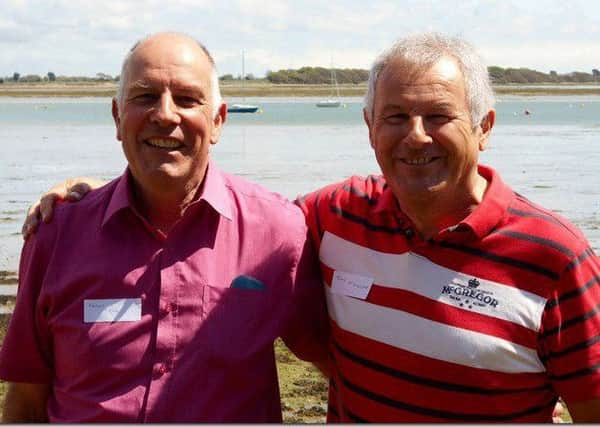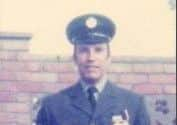Hampshire RAF veteran says his time in the service '˜made him the man he is today'


He was just a teenager when he decided he wanted to be a part of Britain’s youngest military wing after watching the nation’s aircraft in action at the Farnborough Airshow in the 1960s.
It was an ambition that transformed into a 27-year career with the RAF, and saw him travelling the globe, bringing into service some of Britain’s most renowned planes and helicopters.
Advertisement
Hide AdAdvertisement
Hide AdNow, as the RAF marks its 100th anniversary, the 72-year-old veteran of Widley has reflected on his time in the service.


‘My career in the RAF made me the person I am today,’ said the grandad-of-four. ‘I feel immensely proud to have been part of its history.
‘I have served for more than a quarter of the air force’s 100 years. It may be the younger of the services but it’s played a big part. I’m just proud to have been a part of that.’
He began his training to become an airframe technician as a 15-year-old in 1961 and was based at RAF St Athan in southern Wales.
Advertisement
Hide AdAdvertisement
Hide AdIt was a major shock to the system for the teen, who grew up in the countryside of the Meon Valley.


‘It was a real culture shock,’ said Pete. ‘I was a bit of a country bumpkin.
‘Suddenly you’re being thrown in with all these different lads from across the country.’
After graduating he was stationed at RAF Watton, in Norfolk, repairing Lincolns and Comets before moving onto Britannias.
Advertisement
Hide AdAdvertisement
Hide Ad‘It was a dream come true,’ he said. ‘I worked on planes that I saw flying at the airshow. I couldn’t believe it.’
From 1965 to 1966 he worked in Borneo, maintaining Whirlwind helicopters during the Indonesia and East Malaysia confrontation.
Returning to the UK, Pete had a posting closer to home at the former RAF base on Thorney Island, where he stayed from 1967 to 1973.
Working as part of team of 242 Operational Conversion Unit, he spent time bringing the mighty C-130 Hercules transport aircraft into service – planes that are still used now.
Advertisement
Hide AdAdvertisement
Hide AdWhile stationed at Thorney, Pete travelled overseas on operations and to test planes. On one eventful trip abroad, he and his squad stayed in Berlin and ventured into the east of the city during the height of the Cold War.
‘We walked through the war memorial park in uniform and there were East German police watching us all from behind trees,’ he said. ‘We didn’t want to get separated in case we were taken.’
After postings in Oman and at RAF Brize Norton, Pete moved to RAF Odiham in Hampshire, where he was promoted to Chief Technician.
While here, he helped work on the first Chinook helicopters, bringing them into service to help Britain retake the Falkland Islands in 1982.
Advertisement
Hide AdAdvertisement
Hide AdThe last five years of his career were spent as an instructor, teaching new air technicians how to maintain the helicopters. Retiring in 1987, he went to work on helicopters at Fleetlands, in Gosport for a further 13 years.